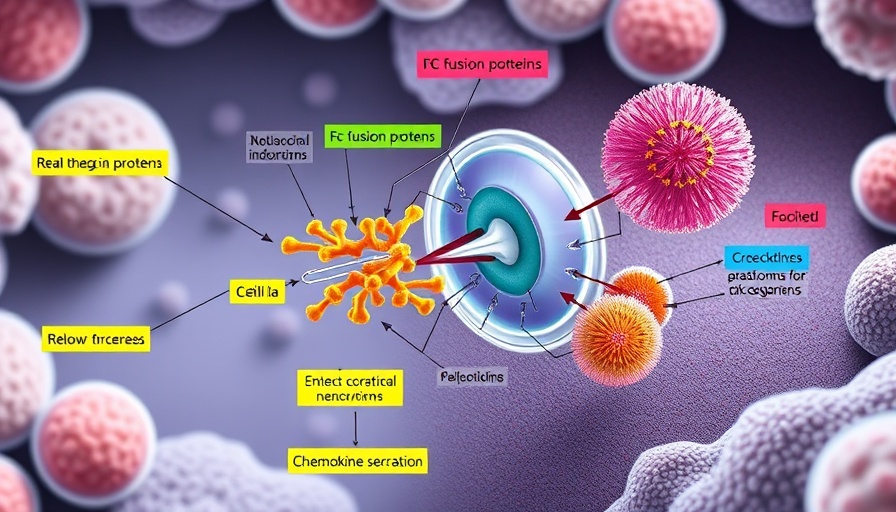
Innovative Strategies Against Fibrodysplasia Ossificans Progressiva
A research team led by Associate Professor Makoto Ikeya from Kyoto University has made significant advancements in treating fibrodysplasia ossificans progressiva (FOP), a rare genetic disorder that causes abnormal bone growth in soft tissues. The combination of mesenchymal stem/stromal cells (MSCs) derived from induced pluripotent stem (iPS) cells with low-dose rapamycin has shown promising results in reducing the harsh effects of this ailment, offering hope to those affected.
Understanding the Mechanism Behind FOP
FOP is caused by a mutation in the ACVR1 gene, resulting in an overactivation of bone morphogenetic protein (BMP) signaling that triggers heterotopic ossification (HO). This condition leads to soft tissues like muscles, ligaments, and tendons becoming essentially bone, which can occur even after minor trauma or infections. Currently, no approved treatment options exist to reverse or effectively prevent this debilitating process, making research like Ikeya's critically important.
The Breakthrough: Combining Therapies
Previously, the research team demonstrated that iPS-derived MSCs could produce ACVR2B-Fc, a decoy receptor that neutralizes excess BMP ligands and reduces HO in rodent models of the disease. However, the rapid clearance of these transplanted cells by the immune system limited their effectiveness. To counteract this, the researchers introduced low-dose rapamycin, an immunosuppressant known for its ability to enhance immune response management.
Benefits of Rapamycin in Stem Cell Therapy
Not only does rapamycin reduce inflammation, but it also prolongs the survival of the transplanted MSCs. In the study, rapamycin alone was effective, but when combined with ACVR2B-Fc-producing MSCs, the outcomes were substantially better. Test results indicated improvements in motor functions of the mice, confirmed through rotarod and treadmill evaluations.
Prolonged Effectiveness via Reduced Inflammation
With rapamycin helping to suppress immune-related cytokines, the study found that there was an increased and sustained production of ACVR2B-Fc in the mice, confirmed by elevated blood levels. Histological examinations supported these findings by showing reduced bone and cartilage formation, underscoring the combined treatment's efficacy in combating this challenging disorder.
The Future of Treating Genetic Diseases
This study highlights a new paradigm in treating genetic diseases like FOP by combining stem cell therapy with targeted immunosuppression. It suggests that overcoming the immune response can significantly enhance treatment outcomes, which may pave the way for new therapies for other genetic disorders plagued by similar challenges.
Conclusion: A Hopeful Path Forward
The strides made by researchers in Japan present a hopeful scenario for those afflicted with FOP. By taking a multi-faceted approach that combines advanced stem cell technology with immunotherapy, they are not only addressing the symptoms but also the underlying causes of the disease. Continued research in this area is vital, and the methods developed may have more profound implications for treating various other genetic disorders in the future.
 Add Row
Add Row  Add
Add 




 Add Row
Add Row  Add
Add 
Write A Comment